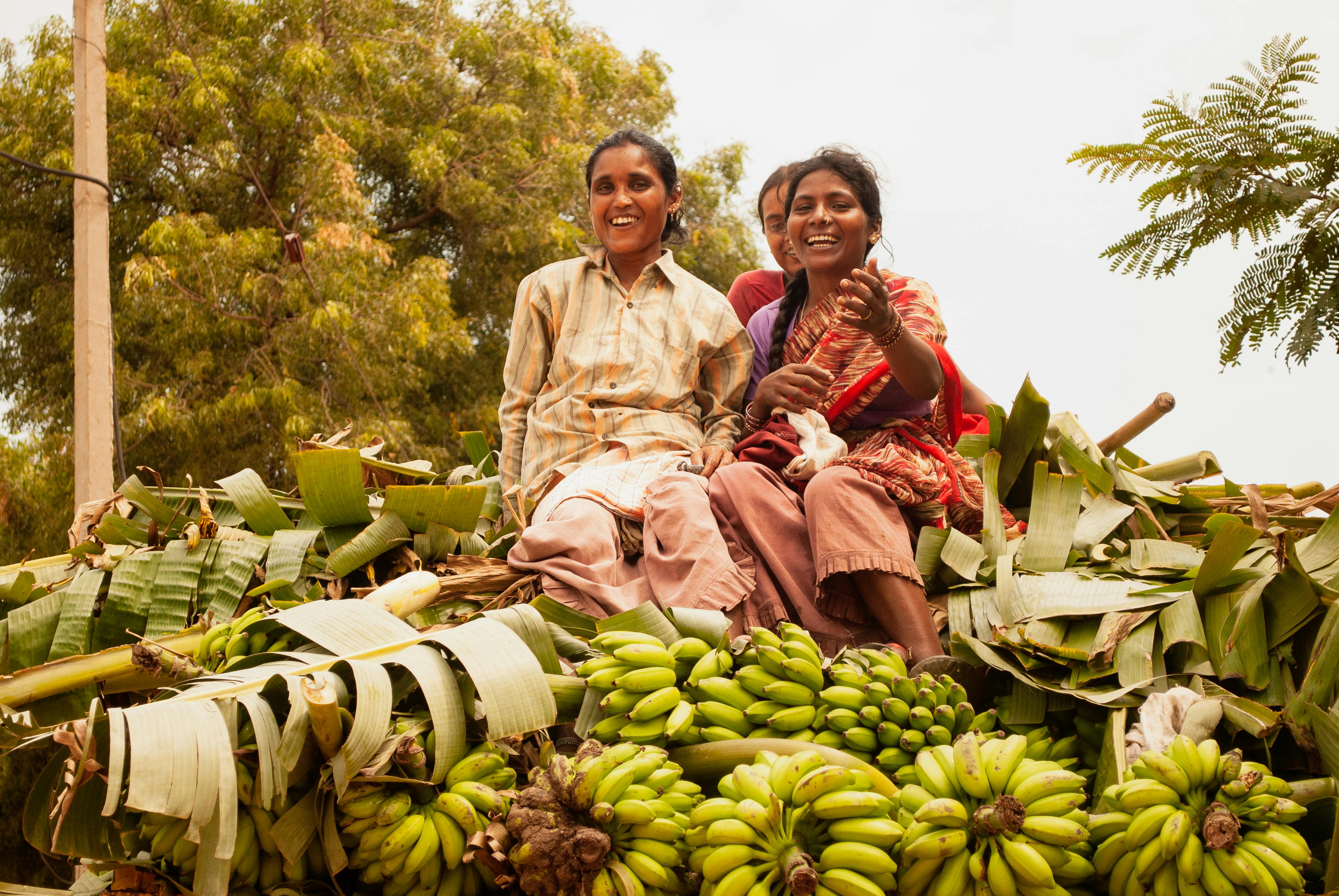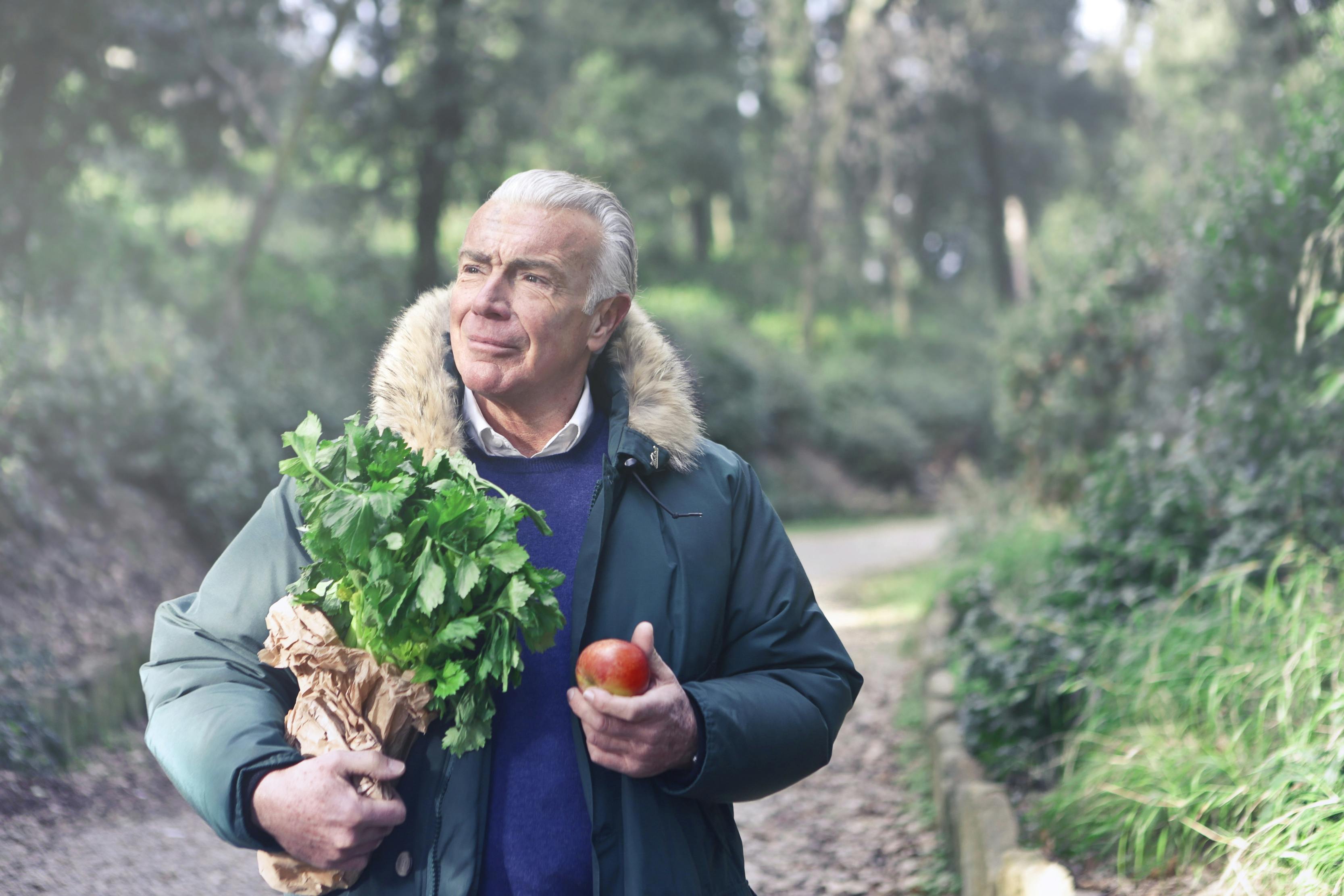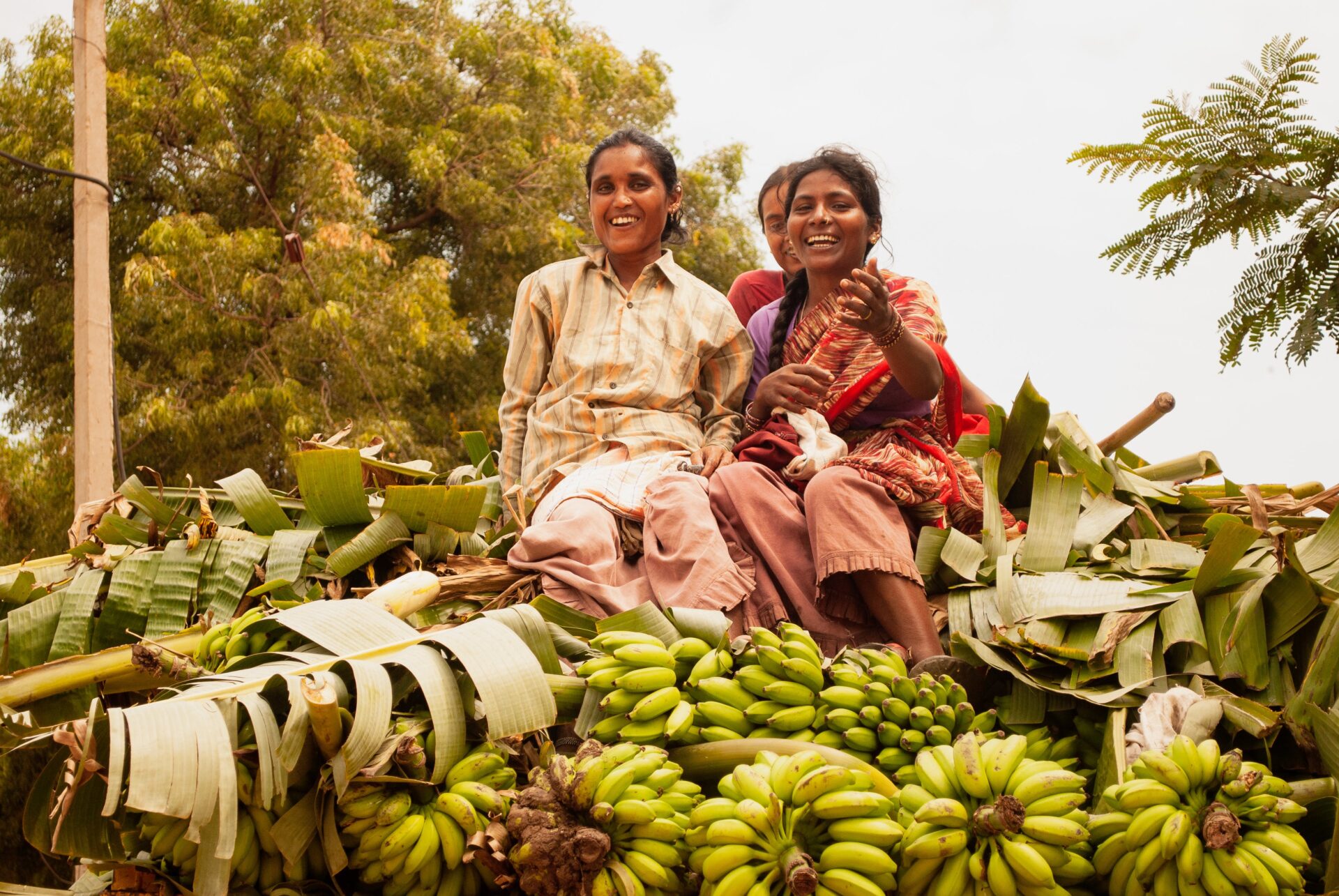Fruit trees are a popular choice for many gardeners in Zone 6. This temperate zone typically spans from the northern part of the United States including parts of New York, Pennsylvania, Ohio, Michigan and Virginia. There are many types of fruit trees that thrive in this warm temperate region. From apples and pears to peaches and cherries, there is sure to be a variety of fruit tree that will thrive in your garden. In this article, we will discuss some of the best fruit trees for Zone 6 and how to care for them.Fruit trees that grow in USDA Hardiness Zone 6 include apples, apricots, cherries, pears, peaches, plums, and nectarines. Other fruit bearing trees that are tolerant of Zone 6 temperatures include pawpaws, mulberries, serviceberries, and chokecherries.
The Best Fruit Trees to Plant in Zone 6
Zone 6 is an ideal climate for growing a variety of fruit trees. The temperate climate of Zone 6 provides mild winters and hot summers, making it possible to grow a wide range of fruits such as apples, pears, plums, cherries, and peaches. While there are many different varieties of fruit trees that can be grown in Zone 6, here are some of the best choices for success:
Apples: Apples are one of the most popular fruits to grow in Zone 6. There are many different varieties available, such as Honeycrisp, Golden Delicious, and Granny Smith. Apple trees require full sun and well-drained soil to thrive. They also need regular pruning and spraying to prevent pests and disease.
Pears: Pears are another popular choice for Zone 6 gardeners. Bartlett, Bosc, and Seckel pears all do well in this climate. Pears need full sun but can tolerate partial shade. They also require regular pruning and spraying to ensure good production.
Plums: Plums are a great choice for Zone 6 gardens due to their hardiness and ease of care. Popular varieties include Stanley, Santa Rosa, Satsuma, and Mariposa plums. Plums require full sun with well-drained soil for optimal growth and fruiting.
Cherries: Cherry trees can also be grown successfully in Zone 6 gardens. Popular varieties include Bing cherries as well as Rainier cherries which have yellow skin with a pink blush on them when ripe. Cherries need full sun with well-drained soil for optimal growth and fruiting.
Peaches: Peaches are another popular choice for Zone 6 gardeners due to their hardiness and ease of care. Popular varieties include Elberta peaches as well as Redhaven peaches which have red skin with yellow flesh when ripe. Peaches require full sun with well-drained soil for optimal growth and fruiting.
By choosing the right varieties of fruit trees for your zone 6 garden you can enjoy delicious homegrown fruit year after year!
Types of Fruit Trees That Thrive in Zone 6
Fruit trees are a great addition to any garden, providing shade, beauty, and delicious fruit. If you’re looking for the perfect fruit tree for your garden, be sure to consider the USDA Plant Hardiness Zone. Zone 6 specifically covers parts of the United States from central California up to Maine and westward to the Dakotas. This zone has cold winter temperatures and hot summer temperatures, with an average annual minimum temperature of -10°F (-23°C). Below is a list of some of the best fruit trees to grow in Zone 6:
Apple Trees: Apple trees are one of the most popular fruit trees in Zone 6 because they are easy to care for and produce an abundance of sweet apples. Apples come in a variety of sizes, shapes, colors, and flavors so there is sure to be one that will fit into your garden perfectly. Apples can be eaten fresh or used in baking or cooking.
Cherry Trees: Cherry trees are also quite popular in Zone 6 because they produce tart yet sweet cherries that can be eaten fresh or used in pies and jams. They have a short harvest season but it’s worth it for the delicious cherries they produce. Be sure to provide them with plenty of sunlight and regular pruning for maximum production.
Pear Trees: Pear trees are ideal for Zone 6 gardens because they need less pruning than apple or cherry trees and produce large amounts of sweet pears. Pears can be eaten fresh or cooked into delicious desserts like cobblers or pies.
Peach Trees: Peach trees thrive in Zone 6 because they need plenty of sunshine and heat during the summer months. Peaches are sweet and juicy when ripe and make excellent additions to salads, cobblers, pies, jams, sauces, smoothies, and more!
Plum Trees: Plums are another great choice for Zone 6 gardens as they require minimal care but provide an abundance of juicy plums when ripe. Plums can be eaten fresh or used in baking or cooked dishes like chutneys or sauces.
No matter what type of fruit tree you choose for your garden, proper care is essential for optimal growth and production! Be sure to provide your trees with plenty of sunlight during the summer months along with regular watering and fertilizing throughout the growing season. Prune them regularly as well so that they stay healthy and productive year after year!
Common Fruit Trees for Zone 6
Growing fruit trees in zone 6 can be challenging due to the hot summers and cold winters. However, with careful selection of varieties and proper care, you can successfully grow a variety of delicious fruit trees in this region. Some of the most common fruit trees that are suitable for zone 6 include apple, pear, plum, cherry, peach, apricot and fig.
Apple trees are widely grown in zone 6 due to their hardiness and long life span. Choose varieties that are specifically bred for your region such as ‘Golden Delicious’, ‘Red Delicious’ or ‘Jonagold’. Pear trees require full sun and regular pruning to keep them healthy and productive. Popular varieties include ‘Bartlett’, ‘Anjou’ and ‘Bosc’.
Plum trees need well-drained soil and a warm climate to thrive. They can be quite drought tolerant but may need extra water during dry spells. Popular varieties include ‘Santa Rosa’, ‘Satsuma’ and ‘Shiro’. Cherry trees come in both sweet and tart varieties so choose one based on your preference. Popular choices include ‘Stella’, ‘Lapins’ and ‘Bing’.
Peach trees require plenty of sunlight to produce large, juicy fruits. Popular varieties include ‘Reliance’, ‘Redskin’ and ‘Elberta’. Apricot trees produce fragrant flowers followed by delicious golden-orange fruits. Popular varieties include ‘Moongold’, ‘Goldcot’and ‘Harcot’. Lastly, figs can tolerate both hot and cold temperatures quite well so they are an excellent choice for zone 6 gardeners. Popular varieties include ‘Brown Turkey’, ‘Celeste’and ‘Chicago Hardy’.
How to Select Fruit Trees for Zone 6
When selecting fruit trees for Zone 6, it is important to choose varieties that are known to do well in the climate of the area. This includes choosing trees that are cold hardy, disease resistant, and drought tolerant. Many types of fruit trees can grow in Zone 6, including apples, peaches, pears, plums, cherries, and apricots.
When selecting a fruit tree for Zone 6, it is important to consider the climate of the area. The winter months are usually mild with temperatures rarely dropping below 0°F (-18°C). Summers can be hot and humid with temperatures reaching up to 95°F (35°C). The soil type also plays an important role in determining what types of fruit trees will do best in your area. Sandy soils tend to be more prone to drought than heavier clay soils.
It is also important to choose varieties that are cold hardy and disease resistant. Apple trees are some of the more popular fruit trees grown in Zone 6. Popular apple tree varieties include Honeycrisp, Gala, Red Delicious, and Fuji. These varieties are known for their excellent flavor and cold hardiness.
Peach trees can also do well in Zone 6 if they are planted in well-drained soil and given adequate protection from winter cold snaps. Popular peach tree varieties include Elberta, Trustworthy Early Redhaven, Flamin Fury Redhaven, and O’Henry.
Pear trees can also be successful in Zone 6 if they are planted in moist soil with good drainage. Popular pear tree varieties include Bartlett, Anjou Bosc, Kieffer Green Beauty Asian Pear Tree or Starkrimson Red Bartlett.
Finally, apricot trees can do quite well in this zone when planted in full sun locations with good drainage. Popular apricot tree varieties include Blenheim Royal and Harglow.
By choosing varieties that are known for their disease resistance and cold hardiness as well as being mindful of the climate conditions of your area you can ensure a successful harvest for many years to come!

Variety Selection
When planting fruit trees in zone 6, it is important to choose the right varieties to ensure success. The most important factor is choosing a variety that is hardy enough to survive the cold winters in zone 6. Certain apple, cherry, and pear varieties are well suited for this climate, as well as some types of peaches and apricots. It is also important to consider the type of soil and amount of sun exposure that the tree will get when choosing a variety.
Planting Time
In zone 6, it is generally best to plant fruit trees in the late fall or early spring. This gives the trees enough time to establish a good root system before they are exposed to cold winter temperatures. Planting too early or too late can result in stunted growth or even death of the tree.
Pruning and Maintenance
Proper pruning and maintenance are essential for producing healthy fruit trees in zone 6. Pruning should be done in early spring after any danger of frost has passed. This helps ensure that new growth will be strong and healthy throughout the season. Additionally, it is important to fertilize regularly and provide adequate water during periods of drought.
Choosing a Variety of Fruit Tree for Zone 6
When it comes to choosing a variety of fruit tree for Zone 6, there are many things to consider. Zone 6 is located in the eastern part of the United States and is characterized by cooler winters and hot, humid summers. This climate can be tricky when it comes to selecting the right fruit trees as some varieties may not thrive in this area.
The best way to ensure success when choosing a variety of fruit tree for Zone 6 is to select varieties that are best suited to the climate. The best selections for this area include apple, peach, pear, cherry, plum, and apricot trees. These are all well-adapted to the climate in Zone 6 and will produce a bountiful harvest each year.
It is also important to consider the size of your garden or yard when selecting a variety of fruit tree for Zone 6. Some varieties grow much larger than others and may require more space than you have available. If space is limited then it may be best to choose dwarf or semi-dwarf varieties as these will require less room and still yield plenty of fruit.
Finally, it is important to consider your budget when selecting a variety of fruit tree for Zone 6. Some varieties are more expensive than others and some may require more care than others. It is wise to research each variety before making your purchase so that you can make an informed decision that suits your needs and budget.
By taking into account the climate in Zone 6, the size of your garden or yard, and your budget, you can select a variety of fruit tree that will thrive in this area and yield delicious fruits year after year. With some careful research and consideration you can find the perfect variety that meets all your needs!
Taking Care of Fruit Trees in Zone 6
Taking good care of your fruit trees in Zone 6 is important for a successful harvest. Fruit trees require regular pruning and maintenance to ensure they stay healthy and productive. Depending on the type of tree, different amounts of care may be needed. Here are some tips for taking care of your fruit trees in Zone 6:
Pruning is an essential part of fruit tree care. Pruning helps to remove dead branches, encourage new growth, and keep the tree healthy. It’s best to prune in late winter or early spring before the growing season begins. You’ll also want to protect young trees from damage by deer or other animals by surrounding them with fencing or netting.
Fertilizing your fruit trees regularly is also important for healthy growth and production. Fertilizers provide essential nutrients such as nitrogen, phosphorus, and potassium, which are necessary for healthy growth and production. Applying fertilizer at least twice a year is recommended – once in early spring and again in mid-summer when the growing season has begun.
Watering your fruit trees is also essential for their health and productivity. Fruit trees need an average of 1 inch of water per week throughout the growing season. You should adjust your watering schedule based on weather conditions and soil type. Additionally, mulching can help retain moisture around the base of the tree while also helping to inhibit weed growth.
Finally, it’s important to monitor your fruit trees for signs of disease or pests throughout the growing season. Common disease problems include leaf spot, scab, and fire blight; common pests include aphids, spider mites, scale insects, and caterpillars. If you notice any signs of disease or pests, take action quickly before it becomes a major problem by using natural solutions such as insecticidal soap or neem oil sprays instead of harsh chemical pesticides whenever possible.

Conclusion
Fruit trees are a wonderful addition to any landscape, and Zone 6 offers a variety of options for those looking to get the most out of their garden. From apples, plums, and cherries to peaches, pears, and apricots, Zone 6 is home to a wide range of fruit trees. Not only are these trees beautiful and productive, but they provide shade and food all year round. With careful selection and proper care, your Zone 6 fruit trees will thrive for years to come.
Whether you’re looking for something specific or just want to explore all the options available in your area, there’s sure to be the perfect tree for your garden in Zone 6. From apples to apricots and everything in between, you’ll be able to create a beautiful landscape full of delicious fruit that you can enjoy all season long.



